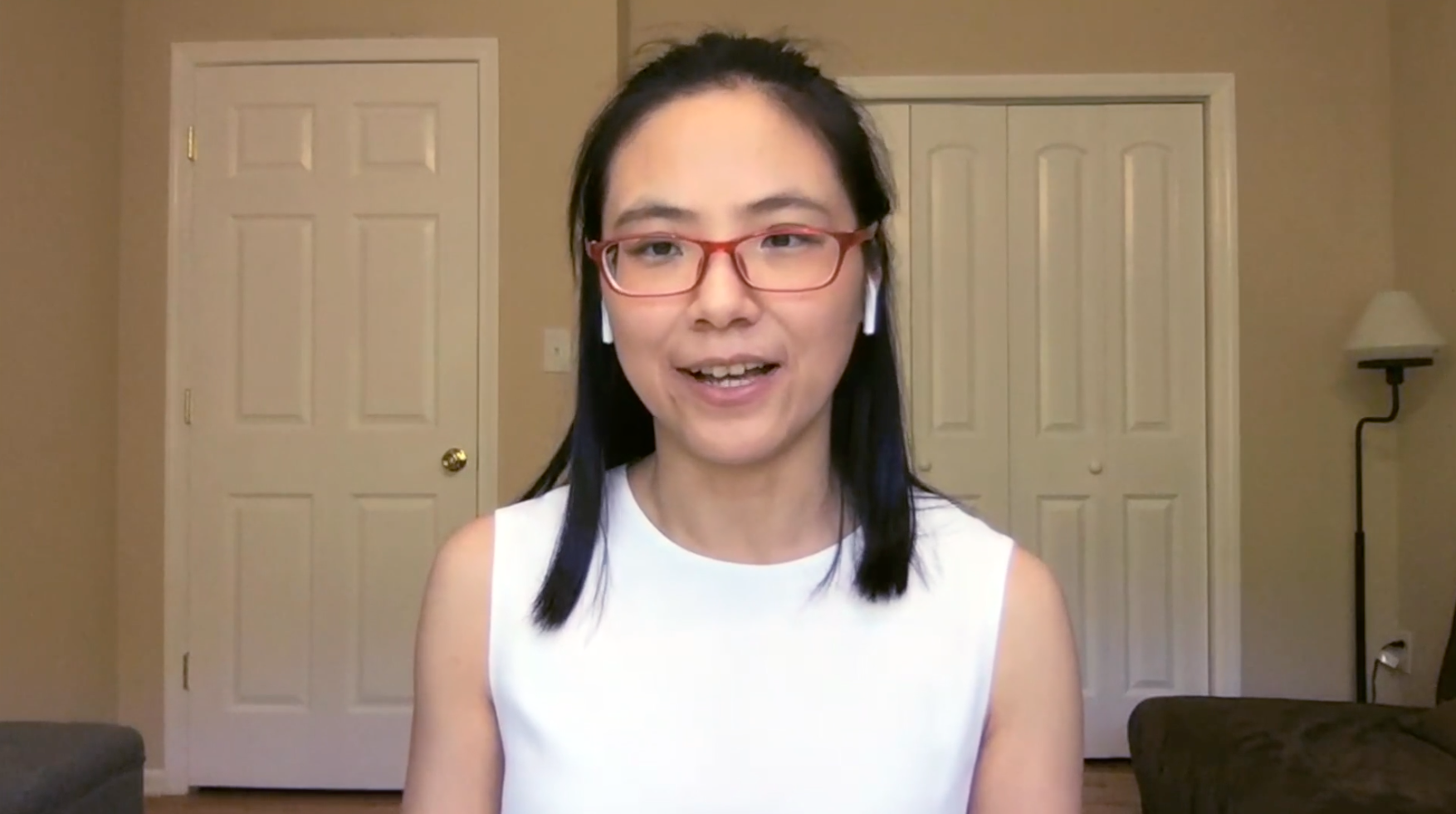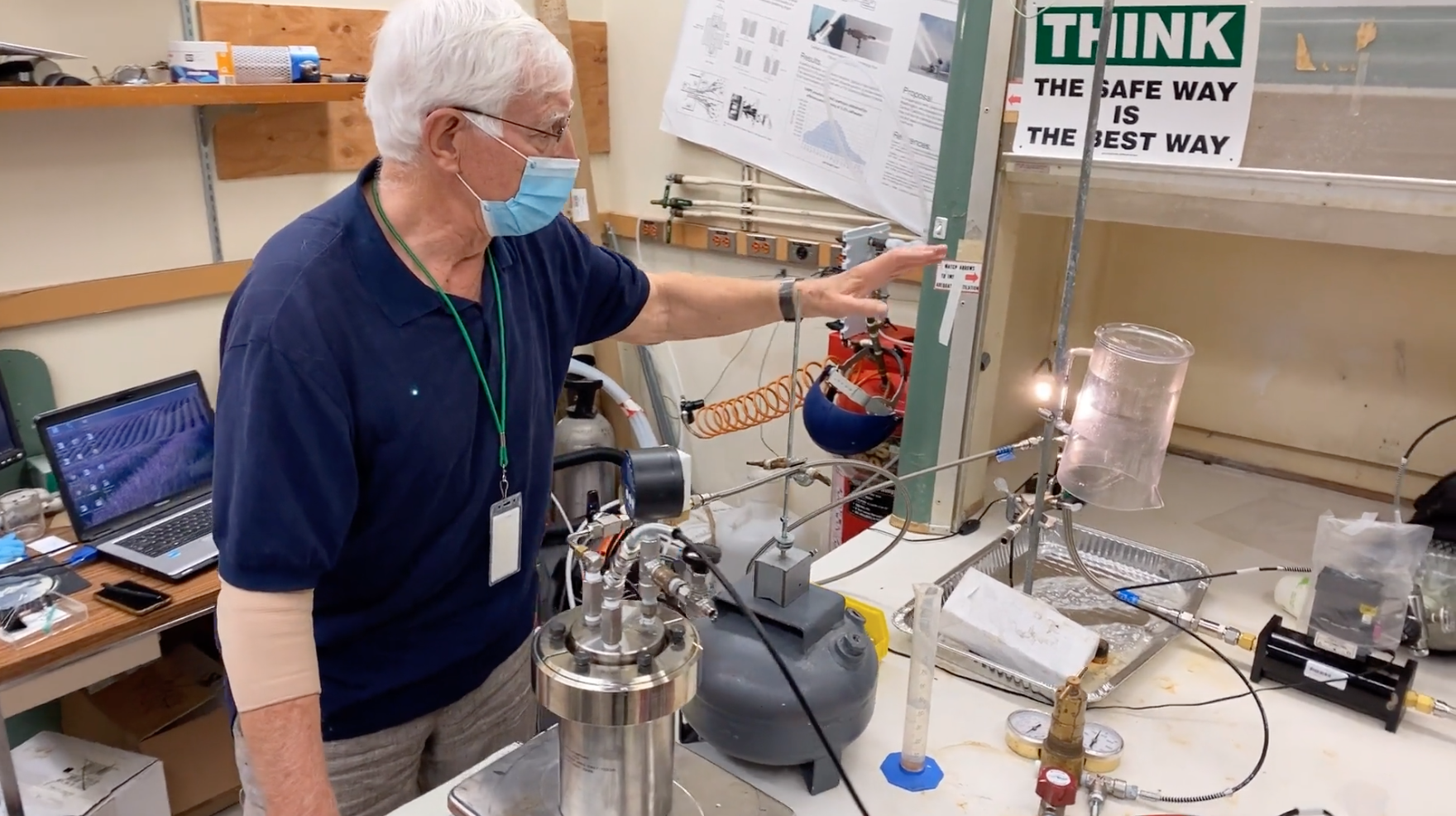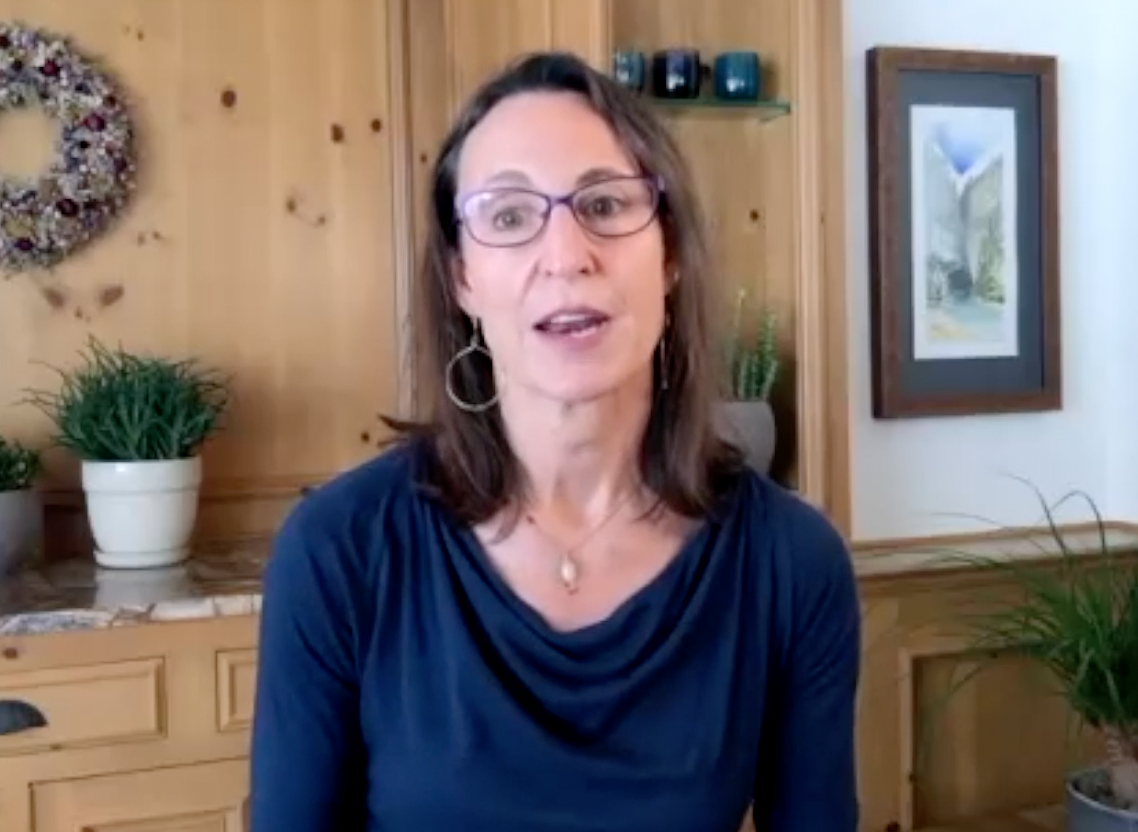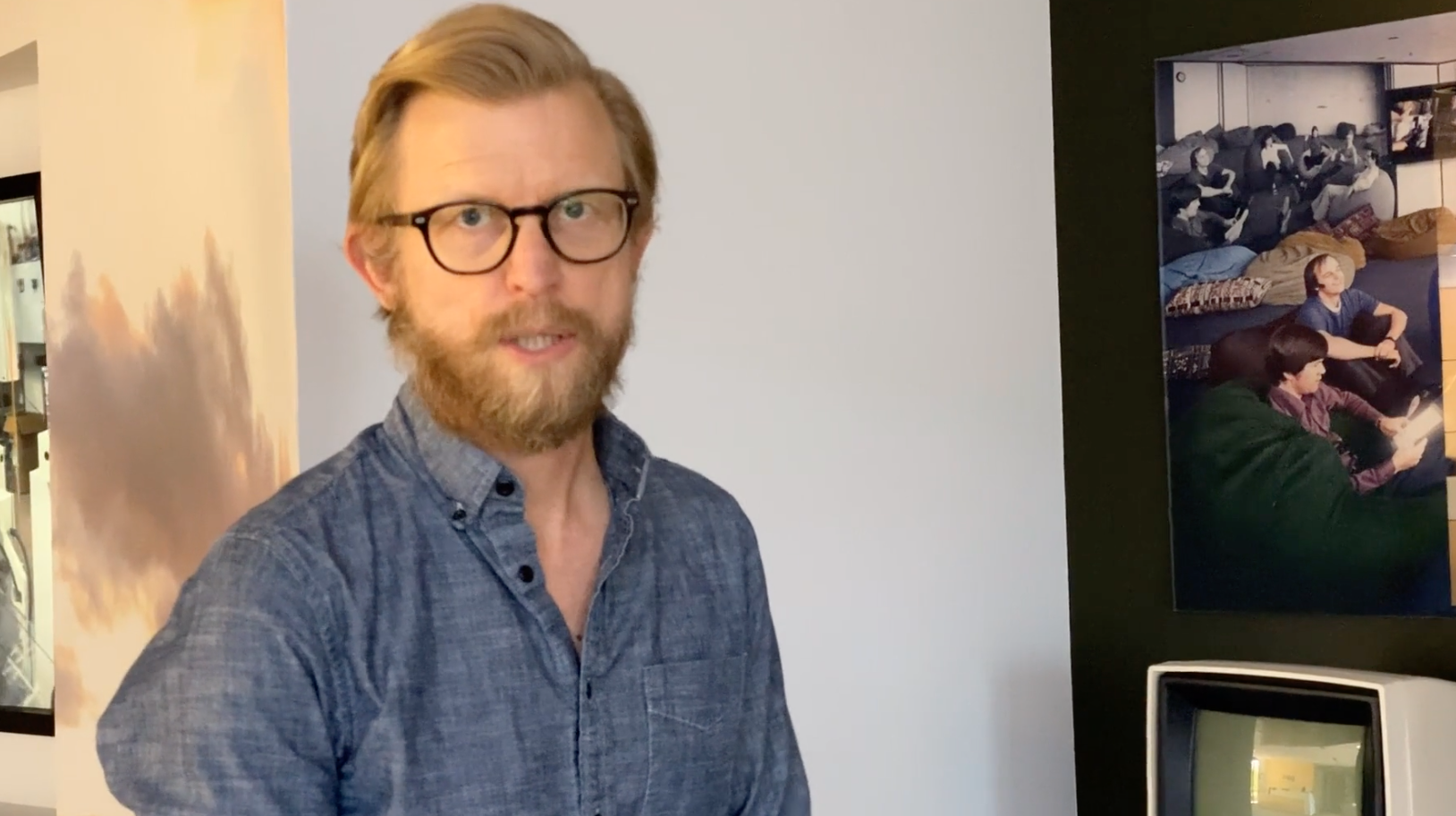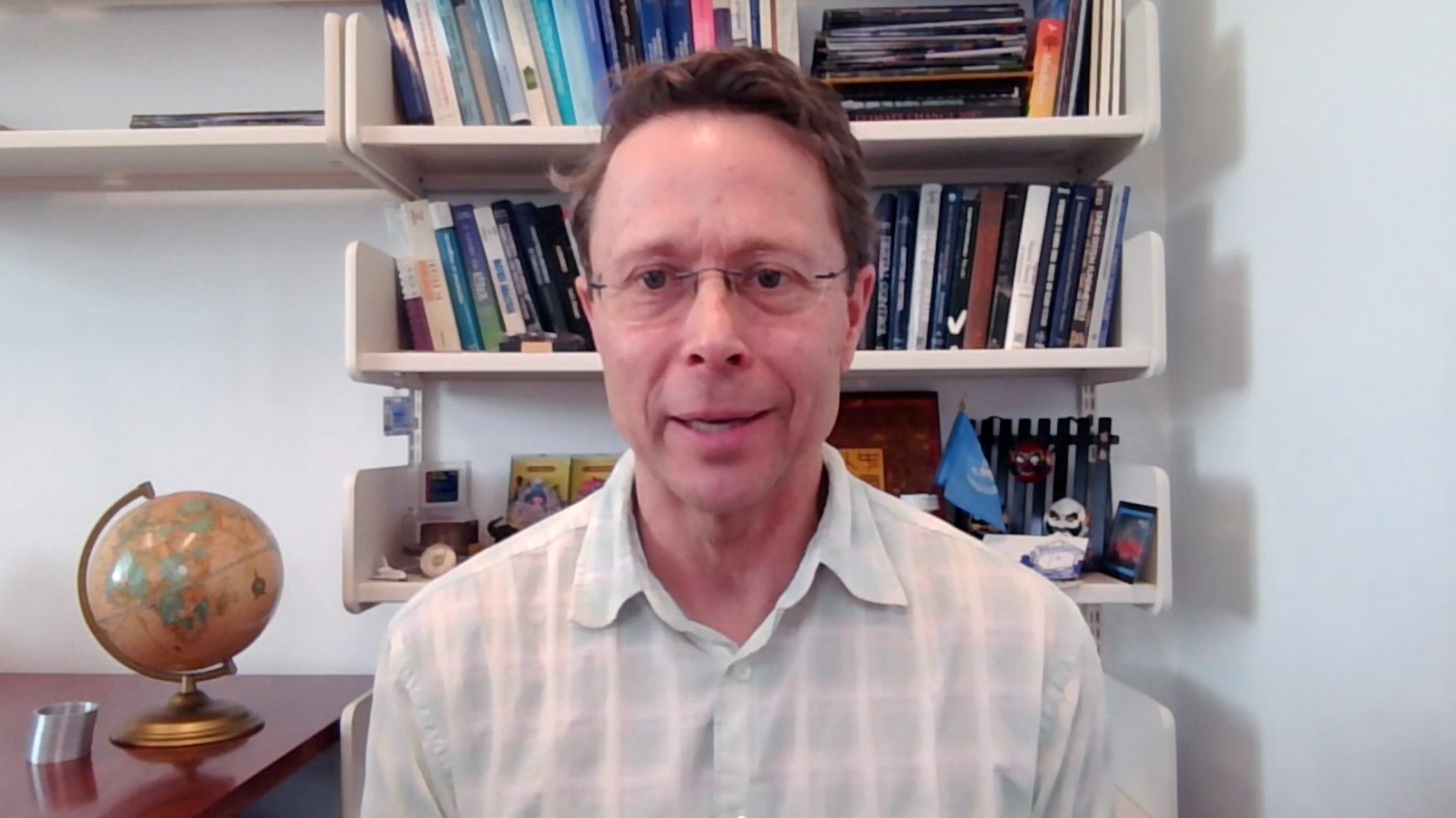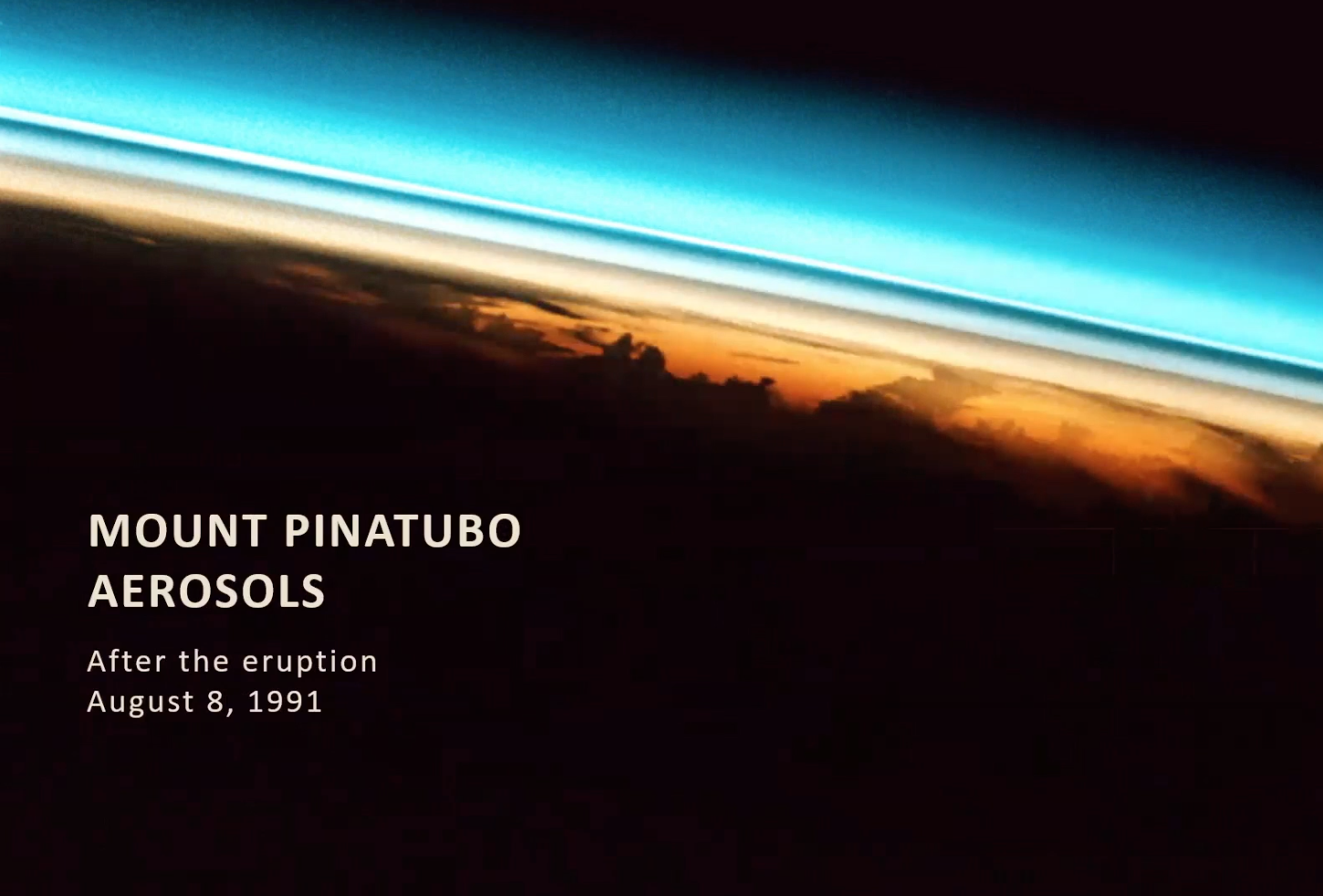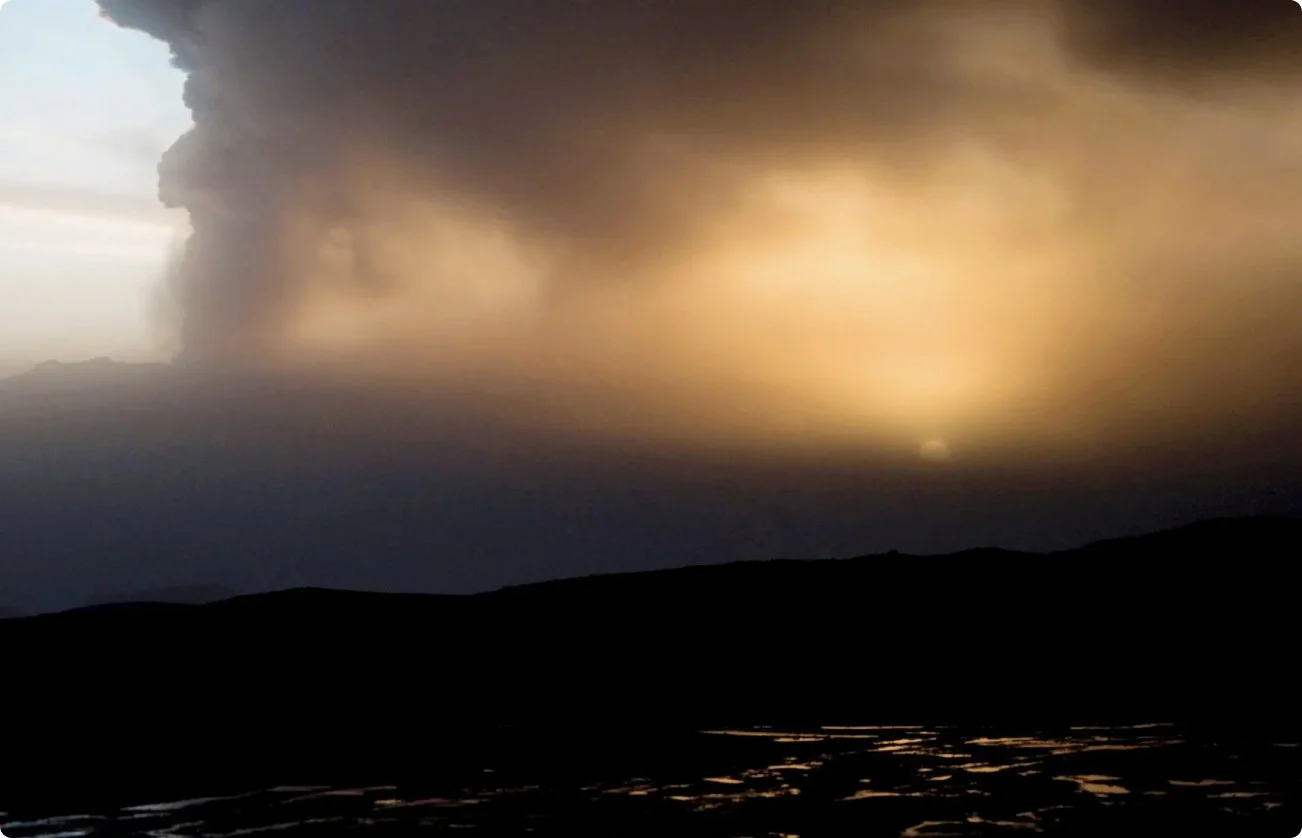
Safe Climate Research Initiative
Advancing Research on Near-term Climate Risk and Intervention
Historic weather extremes, natural disasters, and changes such as the weakening of Antarctic glaciers pose unprecedented risks to human safety, economies, and the stability of natural systems in the next 30-40 years. Reducing the greenhouse gases that cause climate change is essential but may act too slowly to address near-term catastrophic risks. Scientists have found that one of the most promising ways to reduce near-term warming is based on one of the ways that nature can cool Earth's temperature—increasing the reflection of sunlight from particles and clouds in the atmosphere, or "solar climate intervention" (SCI). However, research is required to fill enormous gaps in our understanding of the potential risks of SCI approaches and help inform policymakers and the public about potential "emergency medicine" for the climate.
SilverLining’s Safe Climate Research Initiative is a collaborative effort among outstanding researchers and research centers of excellence in the US and internationally to define forward paths (roadmaps) for research and undertake critical studies to advance understanding of near-term climate risks and interventions. Read coverage of the launch of the initiative in the New York Times and the press release on our 2021/2022 award recipients. For background on near-term climate risk and intervention and the need for research, read our report Ensuring a Safe Climate. To learn more about the research and research investments, read our new report, Near-term Climate Risk and Intervention.
Read the Research Publications

"Climate change is here—we are experiencing its devastating effects in recent extreme events. The Safe Climate Research Initiative supports research on promising means of reducing warming rapidly to help keep people safe and natural systems stable. We do not have enough information to know whether climate interventions are viable or can be undertaken safely. The work of these groundbreaking research teams will help ensure we have science to inform decisions in this critical area."
Kelly Wanser
Executive Director of SilverLining
-
NCAR’s CGD lab develops state of the art Earth system models that are used to study the past and present and predict and future climate. In its GLENS effort, NCAR performed the world’s first large ensemble of simulations of controlled release of aerosols in the stratosphere with the world’s most complex climate model. Its forward program examines the impacts of several solar climate intervention scenarios with a focus on climate extremes and rapid climate transitions, which will form the foundation of research for SCRI teams and for a global community of scientists.
Learn more | Watch
-
UK Meteorological (MET) Office Hadley Center provides critical weather services and world-leading climate science. The award supported global climate model simulations of near-term climate change and climate intervention through increasing the reflection of sunlight from the atmosphere in the UK Earth System Model (UKESM), the intercomparison of these simulations with that from other major climate models, development of computer model simulations of climate interventions and open access to the simulation datasets for study by researchers around the world.
-
The MCB Project is an academic research program studying interventions to cool climate through increasing the reflection of sunlight from clouds as well as the effects of aerosol particles on clouds and climate, one of the critical uncertainties in near-term climate prediction. Led by prominent cloud and climate scientists, the MCB Project is a collaboration of over 25 distinguished experts from the University of Washington, Palo Alto Research Center (PARC), Pacific Northwest National Laboratory (PNNL), and other institutions in an effort that includes technology research, local, regional and global model simulations, and small-scale field experiments.
-
Cornell Climate Engineering applies engineering and system methods to evaluating climate interventions. The effort focuses on system design and optimization and uncertainty analysis for stratospheric aerosol injection (SAI) and the role that different methods, designs, and levels of uncertainty play in projected climate effects. Seed funding for this program was provided by Cornell Atkinson Center for Sustainability, the hub of collaborative sustainability research at Cornell University. The center’s funding and programming accelerate groundbreaking research to change opinions, practices, products, and policies that move humanity toward fair and generationally sustainable resource use.
-
The Rutgers RISCI Lab studies the impacts of various proposed climate intervention approaches to increase sunlight reflection to cool Earth, with a focus on stratospheric aerosol intervention (SAI). The team uses computer models and data analyses of analogs such as volcanic eruptions to evaluate the potential benefits and risks of solar climate interventions so that in the future, society can make informed decisions about their advisability and design. Their work includes study of the potential outcomes for agriculture, hydrology, and other critical aspects of human life in projected scenarios of warming and intervention.
-
The DECIMALS Fund builds developing countries’ capacity to evaluate solar climate intervention and to promote informed participation in global decision-making. The DECIMALS Fund provides grants for research teams in developing countries to study the potential effects of climate intervention. Its first cohort included researchers in Argentina, Bangladesh, Benin, Indonesia, Iran, Ivory Coast, Jamaica, and South Africa.
-
The University of Victoria’s Climate Dynamics Laboratory (computing grant) is using state-of-the-art machine learning methods to create a climate response function that maps how changes in regional (shortwave) cloud radiative effects impact the large-scale coupled (atmosphere and ocean) circulation and regional climate. Connecting these regional effects to global impacts is critical for understanding and optimizing marine cloud brightening to reduce warming while minimizing changes to the hydrologic cycle.
-
The University of Central Florida team researches aerosol processes in the stratosphere. They study the behavior of particles in laboratory-based studies.
-
The State University of New York (SUNY) Albany’s Atmospheric Sciences Research Center studies stratospheric chemistry processes. The Center uses computer models to examine particle interactions under stratospheric aerosol injection (SAI) scenarios.
-
The University of Exeter Aerosols, Clouds, and Climate Group studies the effects of atmospheric aerosols and their interactions with clouds on the climate system. The award funded climate model development, simulations, and data studies of the influence of stratospheric aerosol intervention on climate and the atmosphere.
Recent Award Recipients
Learn More about the SCRI Research Projects
Our Collaborators
Colorado State University’s Department of Atmospheric Science is among the top programs of its kind, focusing on graduate education, cutting-edge research, and public service. Its diverse areas of research include cloud microphysics, severe storms and mesoscale meteorology, atmospheric chemistry and air quality, radiation and remote sensing, climate and atmosphere-ocean dynamics, data assimilation and machine learning, and global biogeochemical cycles and ecosystems.
Rapid Response Volcano Observations
The recent eruption of the Hunga volcano in Tonga was a rare volcanic event in which material was projected high into the atmosphere in a way that serves as a natural experiment for understanding the primary processes and effects of material released into the upper atmosphere (the stratosphere). Made possible by generous support the Gordon and Betty Moore Foundation, and Schmidt Futures, SilverLining collaborated with senior scientists at NOAA, the University of Houston, the University of Reunion, and elsewhere to mobilize a NOAA-led campaign to make critical observations of the atmosphere. Learn more about the effort.

“[Solar climate intervention] can reduce potential flooding risks and extreme rainfall events for cities that are vulnerable.”
Yuchen Gu, (MSci)
Researcher, University College London, and University of Exeter

“Only 3.8% of global climate change research funding was spent on Africa.”
Chris Lennard
Senior Researcher, University of Cape Town

“There is a general deficit in research funding and technology access in the global south, particularly in the most vulnerable parts of the world.”
Kelly Wanser
Executive Director, SilverLining

“Warming temperatures make adaptation more difficult, with increasing intensity and frequency of extreme events.”
Jim W. Hurrell
Professor and Scott Presidential Chair in Environmental Science and Engineering, Colorado State University

“How can we work together to ensure that young people, in the south, can have equal access to knowledge and information on [climate intervention].”




